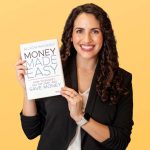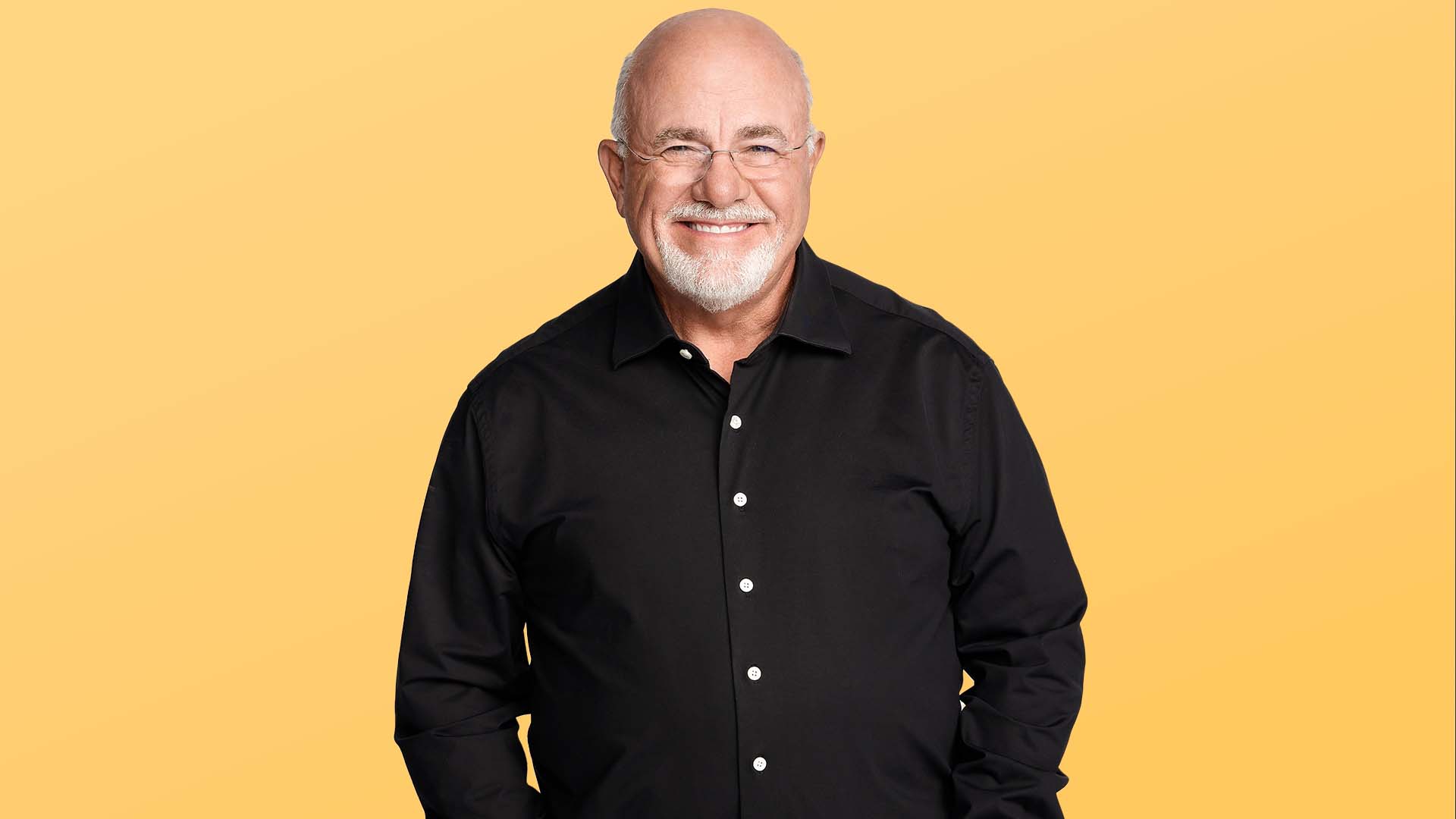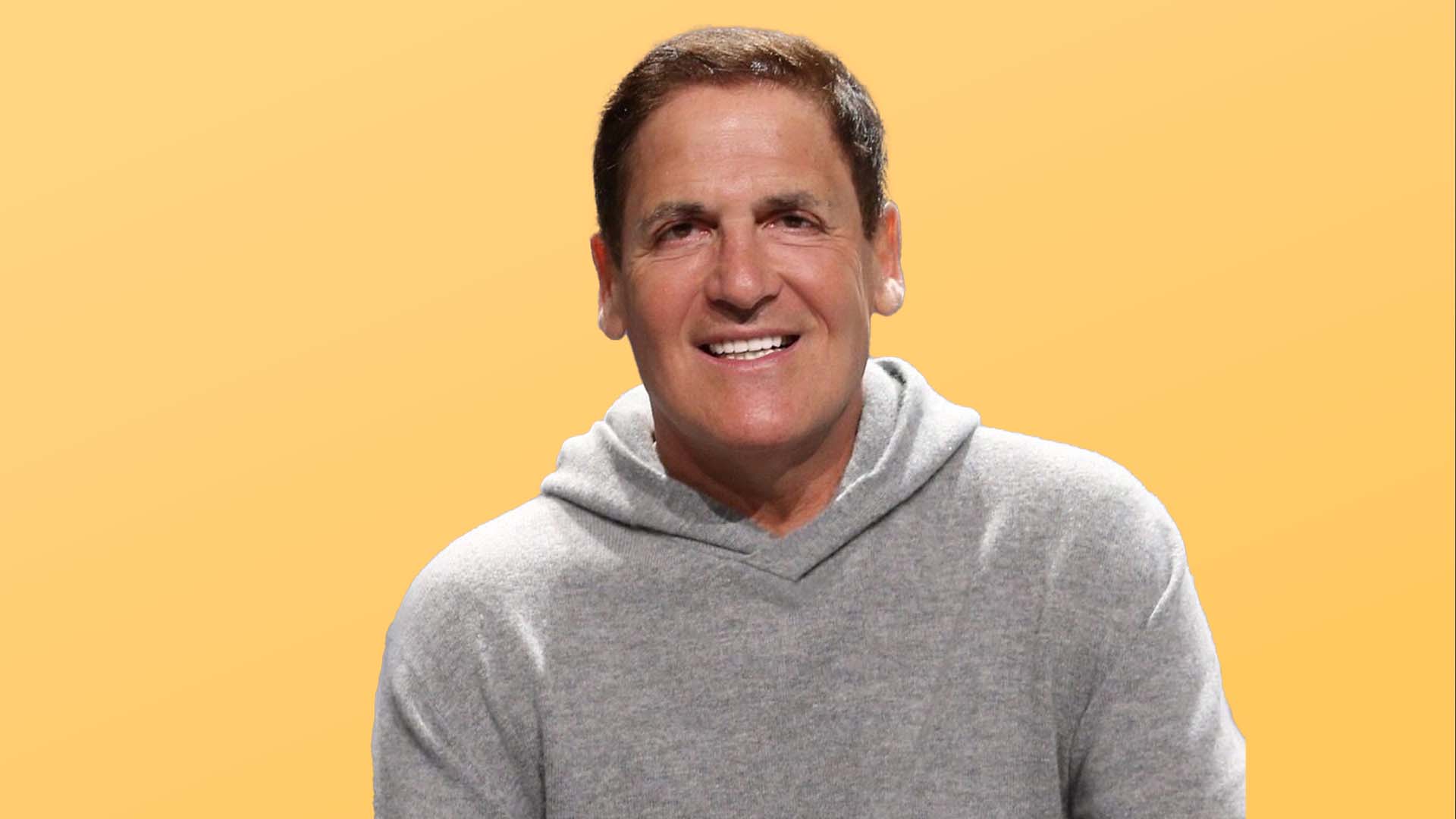What the 1% Know About Taxes That You Probably Don’t, According to an Expert

Commitment to Our Readers
GOBankingRates' editorial team is committed to bringing you unbiased reviews and information. We use data-driven methodologies to evaluate financial products and services - our reviews and ratings are not influenced by advertisers. You can read more about our editorial guidelines and our products and services review methodology.

20 Years
Helping You Live Richer

Reviewed
by Experts

Trusted by
Millions of Readers
Most people know they should be investing, but far fewer realize that taxes can quietly eat into their long-term returns. Even if your portfolio is growing on paper, a poor tax strategy could mean you’re actually losing money every year.
From tax-loss harvesting to asset location and tax-smart withdrawals, there are simple, effective ways to reduce your tax burden and boost after-tax gains — strategies the ultra-wealthy use to their advantage every day. But these tools aren’t just for the top 1%, according to Sarah Levy, CEO of digital investment platform Betterment.
“It’s not just about what you earn,” she told GOBankingRates when we interviewed her as part of our Top 100 Money Experts series. “It’s about what you keep.”
Tax-Loss Harvesting: Turning Losses Into Gains
One of the strategies the 1% uses to keep more of their money is called tax-loss harvesting.
“Tax-loss harvesting may sound complex, but it’s simply a way of turning market volatility into long-term financial advantage,” Levy said.
The strategy involves selling investments at a loss to offset taxable gains elsewhere in your portfolio — effectively reducing your tax bill.
Automating this process can help ensure you get the most benefit. Betterment’s platform, for example, runs this strategy year-round, not just at tax time, so it’s available to every investor — not just the ultra-wealthy.
“The goal is to take a traditionally manual, advisor-intensive strategy and deliver it at scale, so more people can benefit from improved after-tax outcomes,” Levy explained.
Asset Location: Putting Investments in the Right Places
Tax-smart investing requires thinking about where you put your money.
“This is where the concept of asset location comes into play,” Levy said. “The goal is to remove friction and complexity.”
The idea is to place different types of investments in accounts that maximize tax efficiency. For example, “tax-inefficient investments” like bonds or actively managed funds are often better suited to retirement accounts such as IRAs, where growth is tax-deferred, she said. Meanwhile, investments with “favorable tax treatment,” such as index funds or ETFs, are better held in taxable brokerage accounts.
Once again, the more you can automate this process, the better your outcomes — without needing to be a tax expert yourself.
Why Long-Term Thinking Pays Off
Part of being a smart investor is also having the right mindset.
“A long-term mindset is one of the most powerful tools an investor can have,” Levy said. At Betterment, they refer to this approach as “eating your vegetables.”
Markets move in cycles, and short-term volatility is a given. But having a strategy and sticking to it can put you on the path to building real, lasting wealth.
“Long-term investing isn’t just about patience,” Levy explained. “It’s about having the right systems in place to grow with you over time.”
How Everyday Investors Can Use These Strategies
As an average investor, you may not have the same wealth as the top 1%, but you can still take advantage of their tax-smart strategies. Here are a few ways to get started:
- Choose ETFs for taxable accounts: Exchange-traded funds are generally more tax-efficient than mutual funds, particularly in taxable brokerage accounts.
- Understand account types (IRA, Roth, brokerage): Use each account’s tax benefits to your advantage — for example, putting growth-oriented or high-yield investments in IRAs, and tax-efficient assets in your brokerage account.
- Use a robo-advisor with tax-optimization features: Robo-advisors (like Betterment) offer built-in tax-saving strategies such as automated tax-loss harvesting and smart asset location.
With the right tools and mindset, any investor can reduce their tax burden and keep more of what they earn.
This article is part of GOBankingRates’ Top 100 Money Experts series, where we spotlight expert answers to the biggest financial questions Americans are asking. Have a question of your own? Share it on our hub — and you’ll be entered for a chance to win $500.
More From GoBankingRates
 Written by
Written by  Edited by
Edited by  Money Expert
Money Expert 









































































































